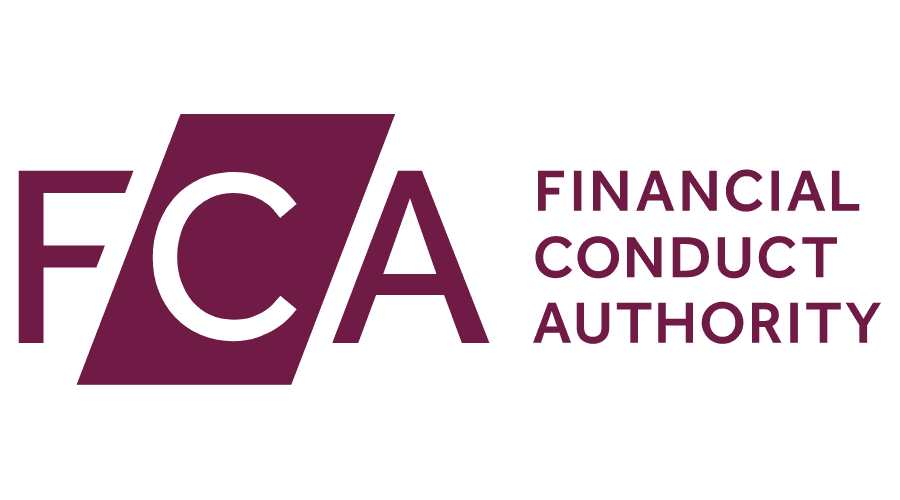The call for harmonisation between the UK and EU has never been greater from the ETF industry as issuers grapple with a number of regulatory challenges on the horizon.
UCITS equivalence, the Overseas Funds Regime (OFR), T+1 settlement and the differences between SFDR and SDR are just a few of the regulatory developments set to have a heightened impact on the European ETF market in the wake of Brexit.
This week, the Financial Conduct Authority (FCA) opened a consultation on the details of the OFR which comes into effect in April 2024.
The UK watchdog is acutely aware of the impact on the European ETF industry if the UK government does not recognise UCITS vehicles in the European Economic Area (EEA), a move that is still under consideration.
In its consultation, the FCA said there are over 600 UCITS ETFs listed in the UK that “rely on their status as recognised schemes to be admitted to trading”.
In a doomsday scenario, a lack of equivalence for UCITS would be catastrophic for the ETF market as asset managers would be forced to launch ETFs under a separate jurisdiction in the UK versus the rest of Europe.
This – like all aspects of fragmentation – would lead to higher costs for ETF issuers, especially for the smaller players, and would discourage other asset managers from entering the market due to the complexities involved.
As highlighted in a previous article, competition is the key driver of innovation and is what ensures a healthy market. Therefore, a lack of players entering the space is only to the detriment of investors.
Elsewhere, asset managers have warned the latest SDR rules have left ETFs in “limbo” due to a lack of clarity on whether it will apply to overseas funds.
In particular, Invesco warned the UK and EU need to work together to ensure “coherence” between SDR and any changes to SFDR.
Any divergence on the labelling regimes will create confusion for investors and lead to greater costs for asset managers that need to cater for two separate jurisdictions for the same sustainable ETFs.
Finally, the move to a T+1 settlement regime is another area where the ETF industry has been calling for greater harmonisation.
The US is set to move to a T+1 settlement cycle in May 2024, however, the EU and the UK remain some years behind.
While it is a relatively straightforward process for the UK, given it has one currency and one main clearing house, the EU has multiple regulatory jurisdictions and currencies, making any move to T+1 extremely challenging, especially given it has to contend with the Central Securities Depositary Regime (CSDR).
Final word
With the UK bargaining with UCITS equivalence, the health of the ETF ecosystem is at risk, a major concern for all participants involved, especially considering the fragmentation attached to SDR and a move to T+1 settlement.



